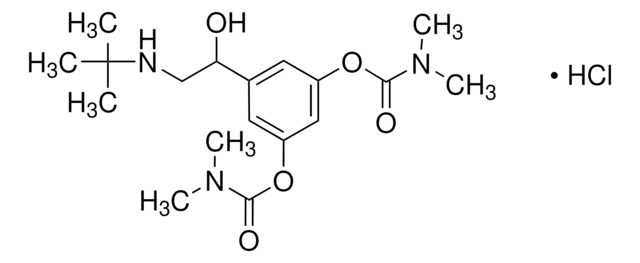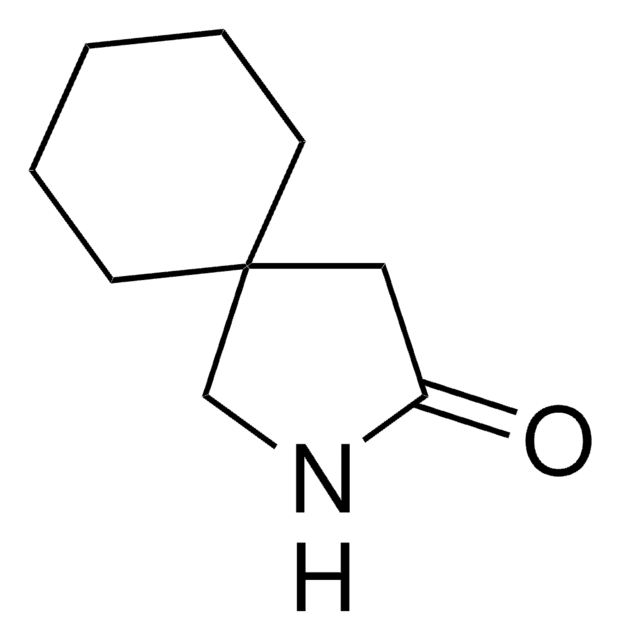40409
3,7-Dimethyluric acid
≥95.0% (HPLC)
Sinônimo(s):
3,7-Dimethyl-2,6,8-trihydroxypurine
About This Item
Produtos recomendados
Ensaio
≥95.0% (HPLC)
pf
≥300 °C
cadeia de caracteres SMILES
CN1C(=O)NC(=O)C2=C1NC(=O)N2C
InChI
1S/C7H8N4O3/c1-10-3-4(8-6(10)13)11(2)7(14)9-5(3)12/h1-2H3,(H,8,13)(H,9,12,14)
chave InChI
HMLZLHKHNBLLJD-UHFFFAOYSA-N
Procurando produtos similares? Visita Guia de comparação de produtos
Descrição geral
Embalagem
produto relacionado
Código de classe de armazenamento
13 - Non Combustible Solids
Classe de risco de água (WGK)
WGK 3
Ponto de fulgor (°F)
Not applicable
Ponto de fulgor (°C)
Not applicable
Equipamento de proteção individual
Eyeshields, Gloves, type N95 (US)
Escolha uma das versões mais recentes:
Já possui este produto?
Encontre a documentação dos produtos que você adquiriu recentemente na biblioteca de documentos.
Active Filters
Nossa equipe de cientistas tem experiência em todas as áreas de pesquisa, incluindo Life Sciences, ciência de materiais, síntese química, cromatografia, química analítica e muitas outras.
Entre em contato com a assistência técnica







